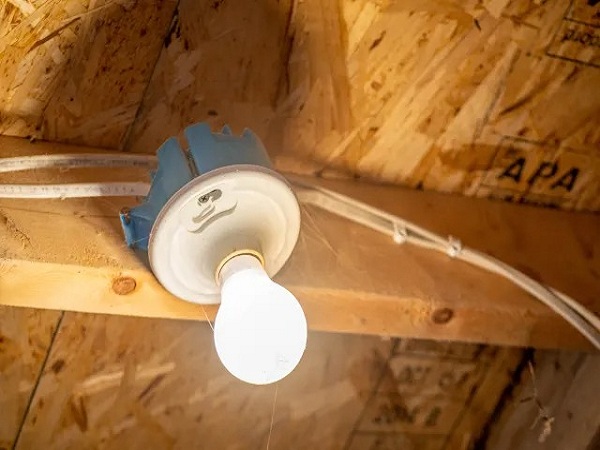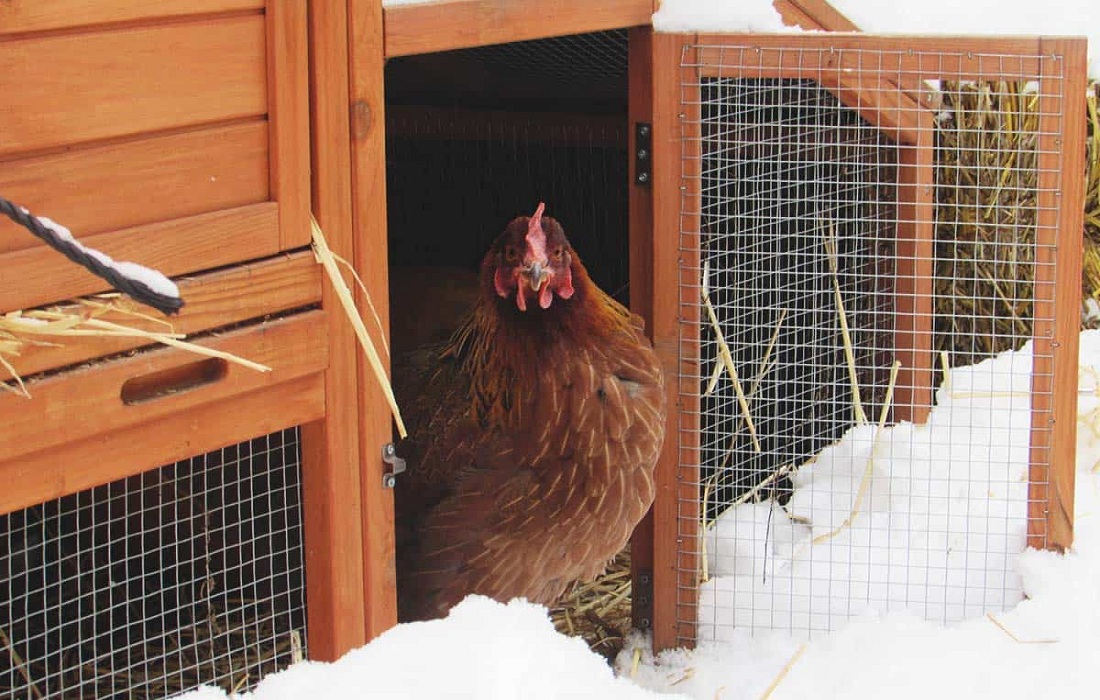It’s a common misconception that chickens can’t stand the cold. In fact, their feathers provide more than enough insulation for them.
For the sake of the flock’s well-being, however, it is crucial that they have a place to rest that is both warm and free of drafts. The reason being is that a chicken can no longer retain heat if its feathers are drenched. That’s when things can start to go wrong.
Here’s how to prepare yourself, your chickens, and your chicken coop for the coming winter.
Preparing Your Chickens
Let’s begin with the chickens. In the winter, chickens have to work much harder to maintain body heat. This calls for a change in their nutrition.
In the colder months, hens thrive on more carbohydrates. Make sure there is a good balance of protein and carbohydrates in your feed. Pelleted diets are often well-balanced and suitable for feeding throughout the colder months.
However, you can supplement their diet with more carbohydrates. Among the best and most beloved snacks is cracked corn. It not only aids in satiety but also provides a carbohydrate energy boost to help them stay warm.
Scratch grains and black oil sunflower seeds are other great options for supplement feeding. All of these things contribute to giving chickens the extra nourishment they need to make it through the winter.
Now that we’ve discussed the hens and their diet, it’s time to consider how to make their home as safe and warm as possible for the winter.
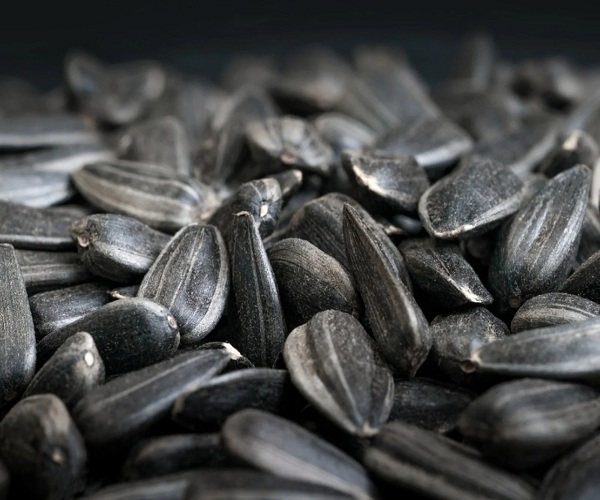
Cover Open Windows
In regions with harsh winters, protection from the weather, especially wind, drafts, and precipitation, is a top priority for any chicken coop. Snow or rain can easily blow in through open or screened windows, bringing the cold inside.
Soon after that happens, their straw and bedding will be completely soaked as well.
As the temperature drops at night, it’s important to keep the cold out by sealing off any openings with glass, plexiglass, or even clear plastic. Light can enter the coop without having to worry about drafts being let in. And that light is important for the chicken’s health and egg production.
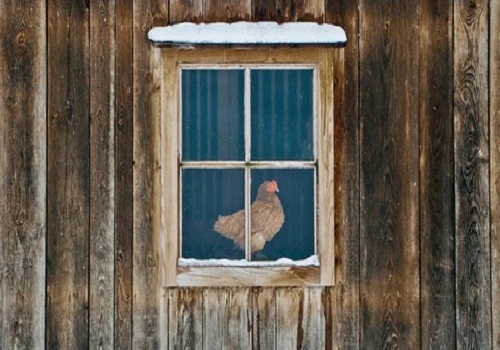
Winterizing A Chicken Coop’s Door
Now that we’ve taken care of the windows, we can go on to the chicken doors. Chickens will still go outside during the day if the weather permits.
However, the temperature inside a coop can decrease significantly if the doors are left open 24 hours a day. This is especially true at night when the temperature might drop significantly.
From nightfall till morning, try to keep the doors to your henhouse locked, but they are left open during the day. To keep the coop warmer in the winter, however, you can install rubber flaps over the door.
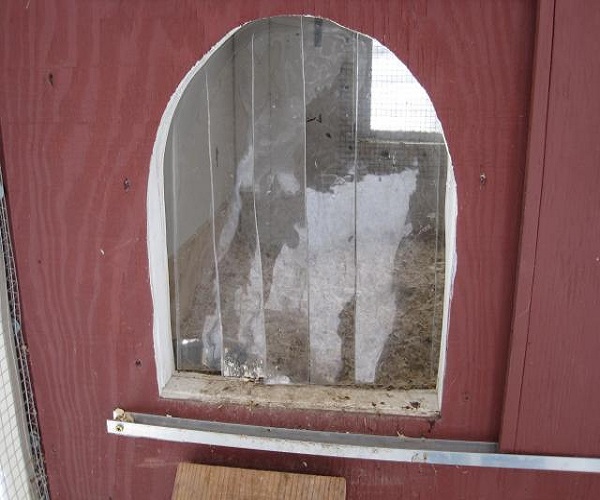
Provide Ventilation
Winterizing a chicken coop requires covering windows and doors, but it’s also crucial to leave certain ventilation holes open.
Providing hens with access to fresh air is essential for preventing the spread of respiratory illnesses.
Now is the time to put in vents if your coop does not already have them. An opening cut into the ceiling or a wall on one side of the coop will allow stale air to depart and fresh air to enter.
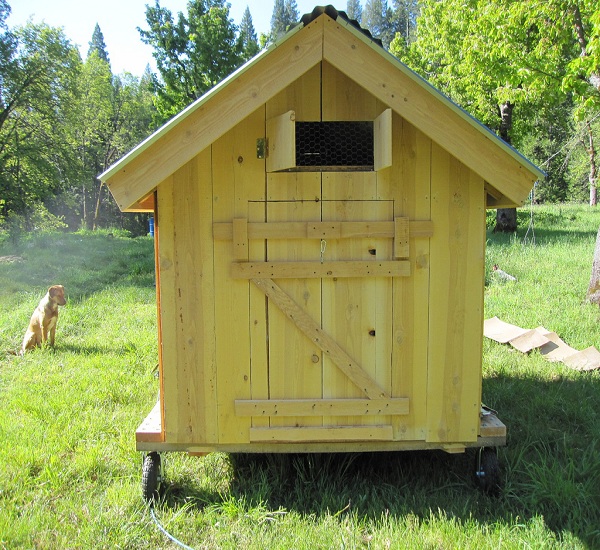
Warming the Coop
Finally, let’s discuss the comfort level of the coop. As we discussed before, drafts are more of a problem for hens than chilly temperatures. However, that doesn’t mean you shouldn’t keep the coop warm.
The addition of some heat will prevent the water and eggs from freezing and make the hens more comfortable. However, heat from natural sources is possible.
To help warm and winterize the chicken coop, you can employ what is called the deep litter method. Don’t remove all the straw and manure as you would in the spring; instead, add a little extra straw every week to keep everything turning over.
However, the manure beneath the straw generates heat as it decomposes, which is useful for heating the coop. Many successful chicken farmers have been using this strategy for decades.
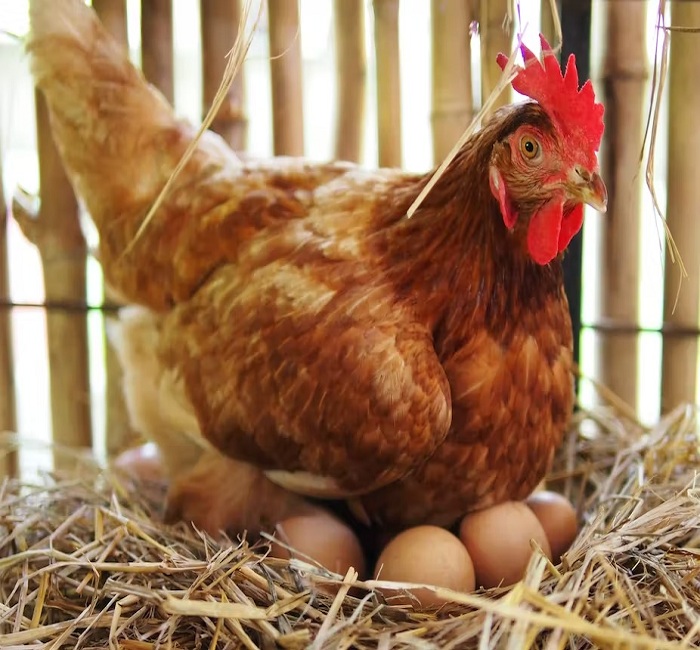
Additional Heat Sources
When using the deep litter approach, it may be helpful to have an additional heat source, especially if you live in an area that gets quite chilly at night.
A simple 60-watt bulb or a tiny heat lamp will immediately remove the excessive cold from a coop. It also gives the chickens more light, which is a nice bonus.
However, whatever you do, keep the heat source away from the hens! Caging the light fixture will prevent the chickens from reaching into the coop and breaking the bulb.
